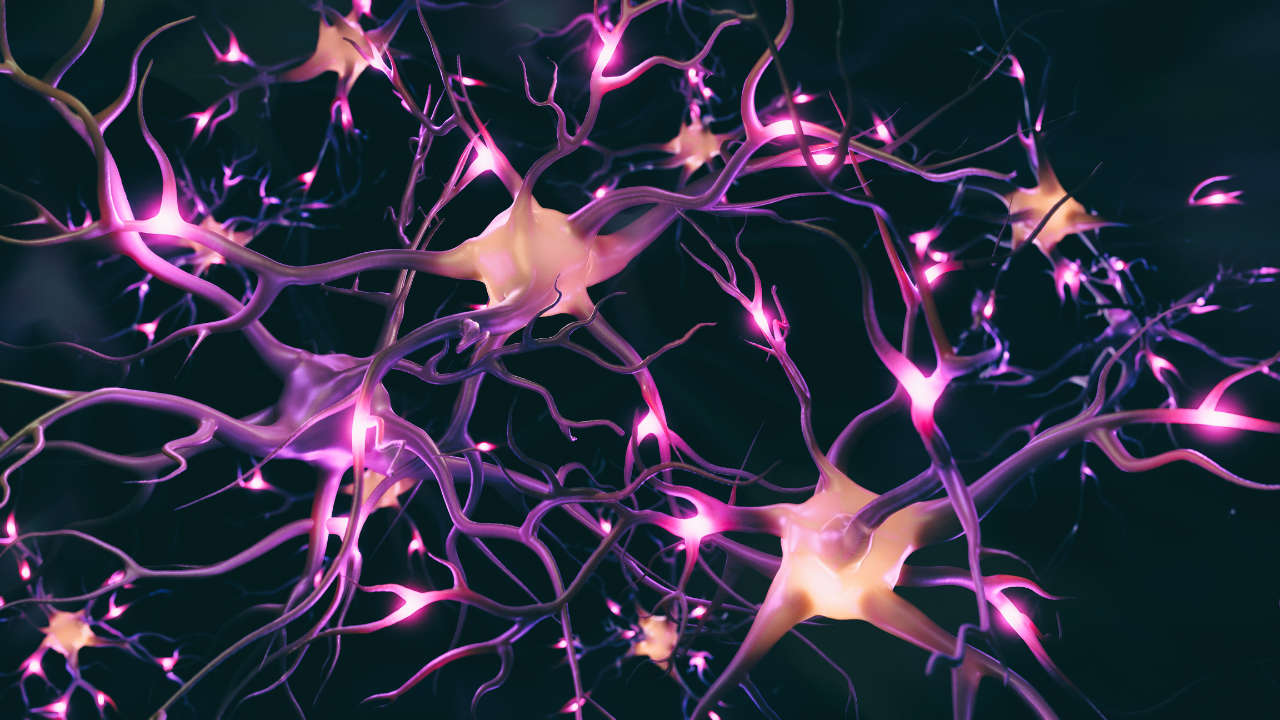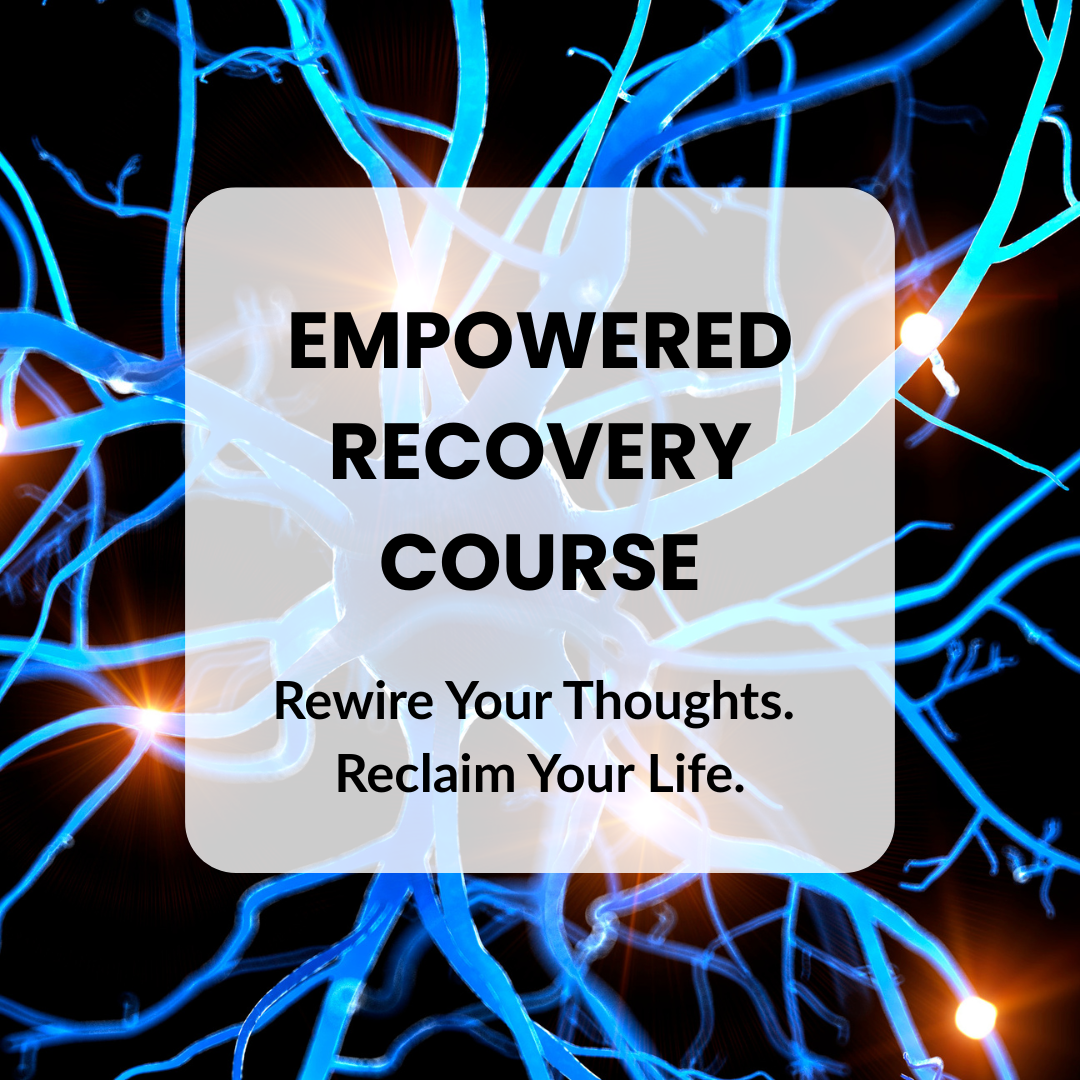Rewiring Your Brain: The Science of Change in Recovery
Recovery isn’t just about stopping a behavior—it’s about reshaping the brain and aligning your life with the person you want to become. As a Substance Use Disorder professional and wellness coach, I’ve seen how transformation happens at two levels: the clinical, evidence-based rewiring of neural pathways, and the energetic alignment of our thoughts, actions, and intentions.
When these two worlds meet, change doesn’t just become possible—it becomes sustainable.
“Imagine walking the same dirt path every day. Over time, the grass disappears, the soil hardens, and without thinking, your feet follow that route.
That’s exactly how habits work in the brain.”
The Brain’s Pathways: Why Habits Feel Automatic
Imagine walking the same dirt path every day. Over time, the grass disappears, the soil hardens, and without thinking, your feet follow that route.
That’s exactly how habits work in the brain.
In addiction, substances and behaviors overactivate the dopamine system, creating “well-worn” neural pathways that make those behaviors feel automatic. Dr. Nora Volkow, Director of the National Institute on Drug Abuse, explains that these overactive dopamine signals drive compulsive behavior by strengthening the brain’s reward circuits.
The hopeful truth is that these pathways are not permanent. Through neuroplasticity—the brain’s ability to form new neural connections—we can create healthier “paths” that eventually feel just as natural as the old ones.
Dopamine: More Than Just Pleasure
Many people think dopamine is the “pleasure chemical,” but research by Dr. Wolfram Schultz at the University of Cambridge shows it’s more about anticipation and motivation.
Here’s the loop:
A cue appears—stress, boredom, loneliness.
The brain predicts a reward from a certain behavior.
Dopamine spikes, pushing you toward that behavior.
In recovery, breaking the cycle means disrupting the loop and introducing new, meaningful rewards for the brain to anticipate. These can be physical—like exercise or nourishing food—or deeply personal, like connecting with a supportive friend or engaging in a spiritual practice.
You Can Rewire Your Brain for Lasting Change
Recovery isn’t just about stopping the behavior—it’s about changing the wiring behind it. The Empowered Recovery Course helps you reshape your thoughts, habits, and emotional patterns so healing becomes your new default.
✨ Based in neuroscience, mindset work, and real-life tools that stick.
Breaking and Building: The Science of Replacement
The Substance Abuse and Mental Health Services Administration (SAMHSA) describes recovery as a process of change in which individuals improve their health and live self-directed lives. Neurologically, that means:
Weakening the old pathways (extinction learning)
Strengthening new, healthy pathways (replacement learning)
Research from the University of New South Wales shows replacement learning—pairing old cues with new responses—creates much more lasting change than extinction alone.
This is where I integrate energy work with science. You’re not just “avoiding the bad,” you’re aligning with the good—matching your actions to the energetic frequency of the life you want to live.
A Question to Start Rewiring Today
In my Empowered Recovery curriculum, I begin with a simple yet powerful Motivational Interviewing tool:
On a scale of one to ten, how ready are you to create a new pathway in your life?
If your number isn’t a 10, that’s okay. Ask yourself: “What would help me move up just one point?” That’s where your next step lives—not in perfection, but in incremental progress.
Science Meets Spirit in Lasting Recovery
Rewiring the brain is not a quick fix—it’s an ongoing practice of intention, consistency, and self-compassion. The science of neuroplasticity shows us that our brains are not fixed in stone; they are dynamic, constantly adapting to what we do most. The more we choose actions that align with our values, our health, and our vision for the future, the more those choices become second nature.
And when we add the energetic layer—matching our inner frequency to the life we’re building—we unlock a deeper form of transformation. It’s not just about breaking old patterns; it’s about creating new ones that feel good, work for us, and last.
No matter where you are in your journey, you have the power to take that first—or next—step toward change. You can start small. You can start today. And with the right tools and support, you can keep going until the path you’re walking feels like home.
Reset Your Body to Rewire Your Brain
Your brain and body are deeply connected. Inflammation, blood sugar crashes, and gut imbalances can keep you stuck in old habits. The Clean Body Reboot helps reduce inflammation, restore balance, and support brain rewiring from the inside out.
✨ Heal your body. Clear your mind. Change your life.
Your Pathways to Change
If you’re ready to start building those new brain pathways, I offer three entry points:
21-Day Breaking Free Challenge – Daily mindset, journaling, and action prompts to begin shifting your habits and thinking patterns.
28-Day Clean Body Reboot – Reset your body’s chemistry through nutrition, movement, and detox support, making it easier for your brain to rewire.
Empowered Recovery Course – A complete, mind-body-spirit curriculum for lasting recovery and personal transformation.
For Addiction Treatment CentersThe Empowered Recovery Course is available as a curriculum for treatment centers, outpatient programs, and recovery coaches. It blends clinical best practices—including Motivational Interviewing and relapse prevention—with whole-person healing tools that address mind, body, and spirit.
If you would like to integrate this curriculum into your program, reach out to me at alignmentprairieyana@gmail.com or visit the Empowered Recovery Course page to learn more.
Episode 26: Rewiring Your Brain: The Science of Change
You May Also Like
The Habit Loop: Breaking the Cycle of Triggers, Cravings, and Old Patterns
References
1. Substance Abuse and Mental Health Services Administration (SAMHSA) – Recovery and Recovery Support.
Retrieved from: https://www.samhsa.gov/recovery
2. Volkow, N. D. – National Institute on Drug Abuse. Drugs, Brains, and Behavior: The Science of Addiction.
Retrieved from: https://nida.nih.gov/publications/drugs-brains-behavior-science-addiction
3. Merzenich, M. M. – Neuroplasticity Research and Brain Adaptation.
University of California, San Francisco.
Retrieved from: https://www.theresearchnetwork.com/merzenich-neuroplasticity
4. Schultz, W. (2015). Neuronal Reward and Decision Signals: From Theories to Data.
Physiological Reviews, 95(3), 853–951.
Retrieved from: https://journals.physiology.org/doi/full/10.1152/physrev.00023.2014
5. American Psychiatric Association – Diagnostic and Statistical Manual of Mental Disorders, Fifth Edition (DSM-5).
Retrieved from: https://psychiatry.org/psychiatrists/practice/dsm
6. University of New South Wales – Extinction and Replacement Learning in Addiction Recovery.
Retrieved from: https://www.unsw.edu.au/newsroom
7. Miller, W. R., & Rollnick, S. – Motivational Interviewing: Helping People Change.
New York: The Guilford Press.
Overview retrieved from: https://motivationalinterviewing.org/






